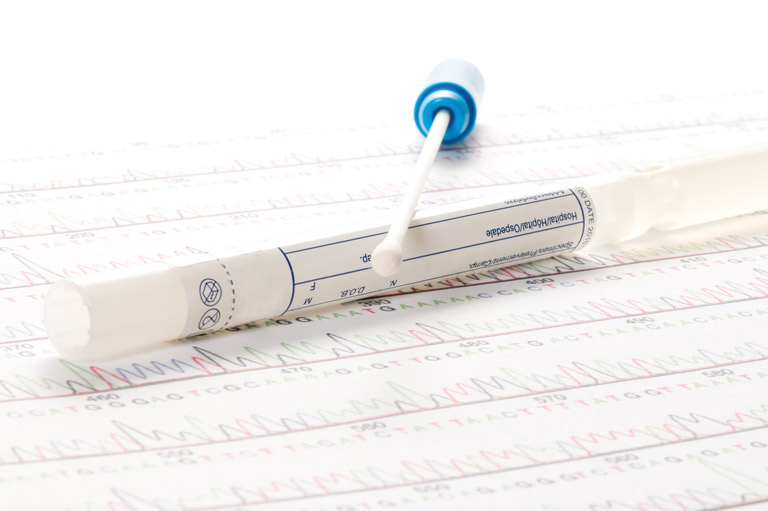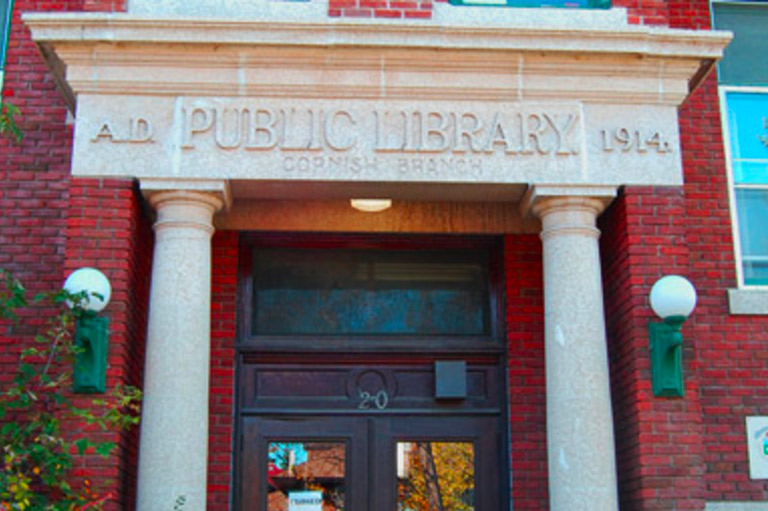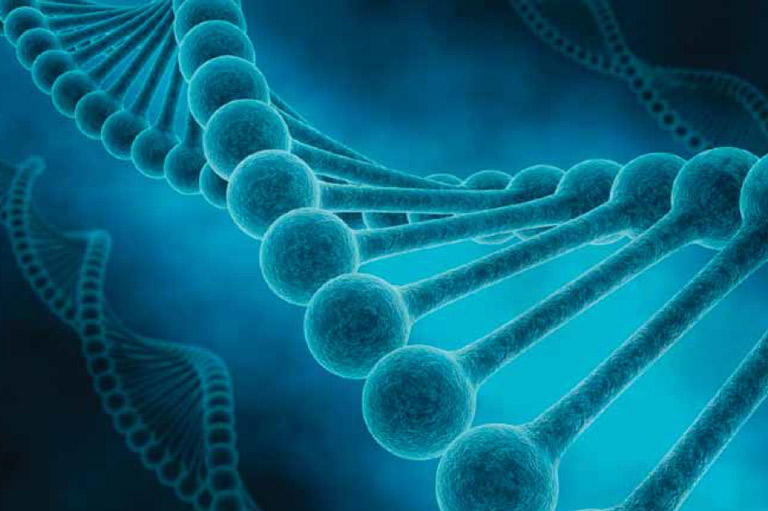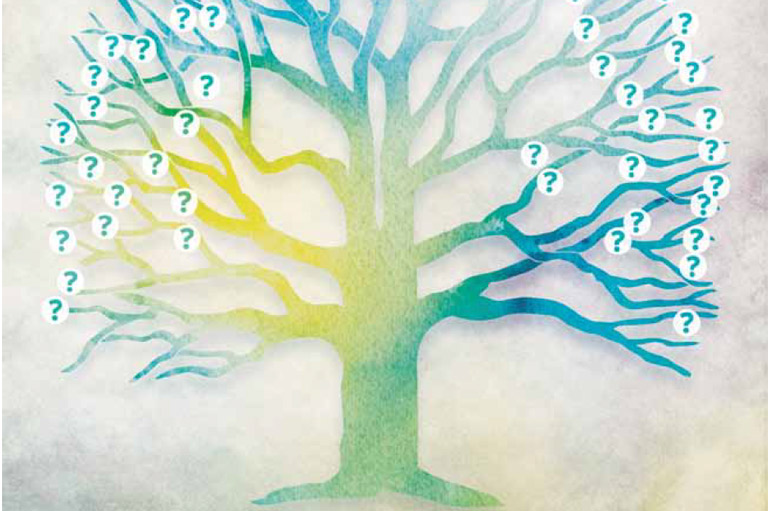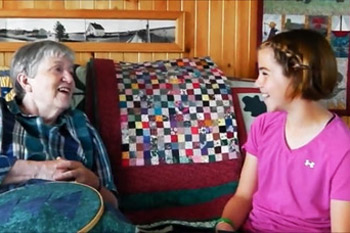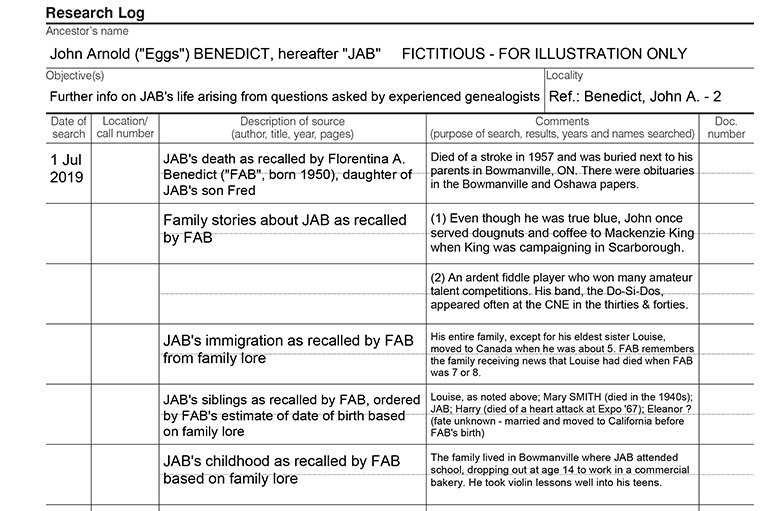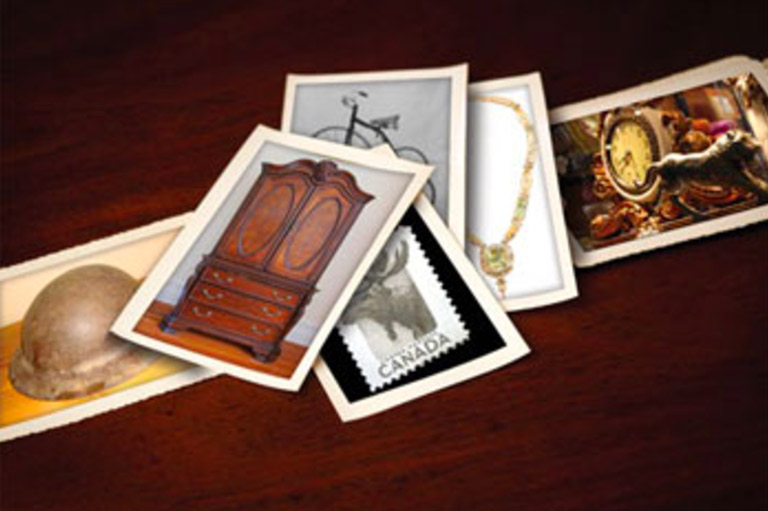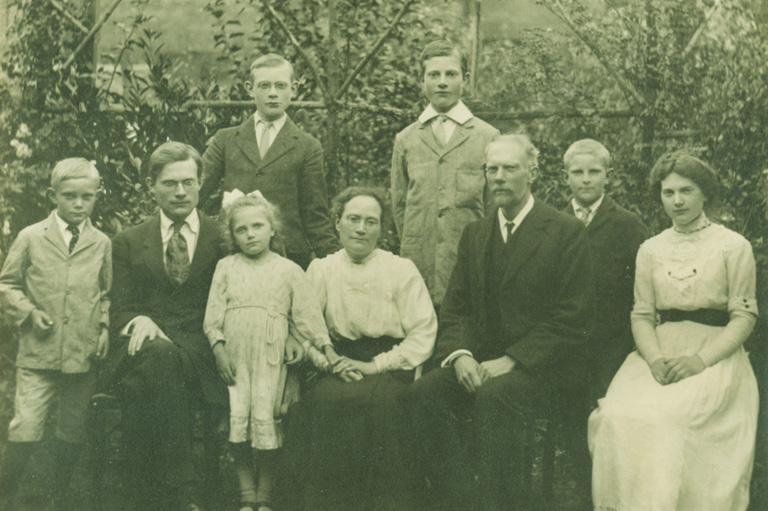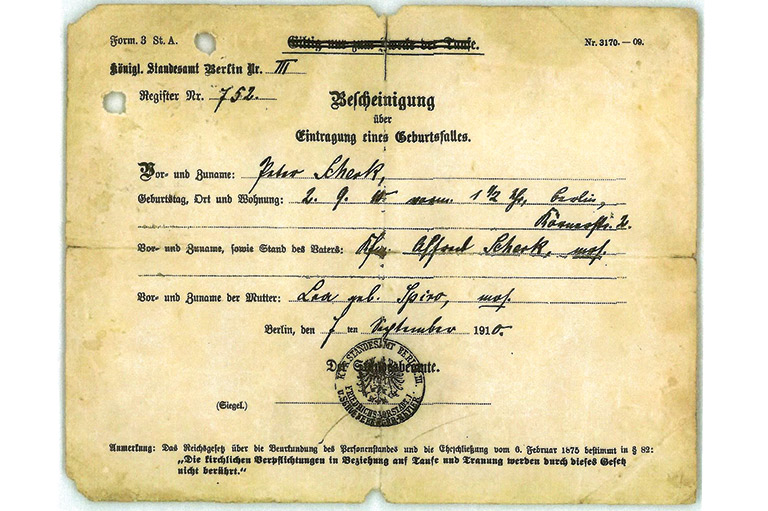Roots: Cellular Sleuthing I
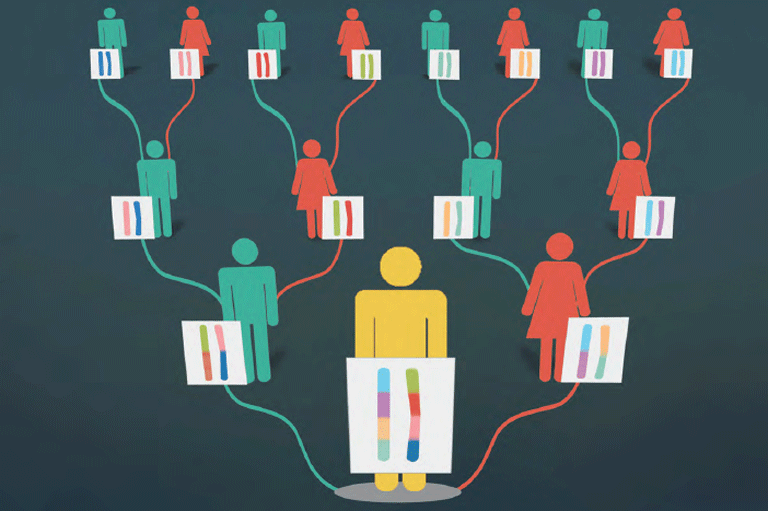
My friend Elizabeth, an adoptee, had good reason to believe that her biological father was Leslie Elmwood, an Englishman who had died in the 1990s. Information about his life corresponded in every way to the snippets of truth, halftruths, and faded memory Elizabeth had gleaned from Ivy, her taciturn biological mother. A decorated nursing officer, Ivy served in the renowned Burma Campaign during the latter years of the Second World War. That’s where Elizabeth had been conceived in 1945.
However, shortly after autosomal DNA testing first became affordably available to the general public about seven years ago, Elizabeth quickly established that she bore no genetic relationship to Leslie’s surviving brother. In an earlier era, Elizabeth might have continued indefinitely in the mistaken belief that Leslie Elmwood was her biological father. It’s no wonder that relevant genetic evidence is now expected to be part of any genealogical research project worthy of the name.
Autosomal DNA (atDNA) is the genetic material contained in your twenty-two non-sex chromosomes (that is, excluding the X and Y chromosomes). You inherit fifty per cent of atDNA from each parent, but, due to the randomness of recombination in subsequent generations, you receive only an average of twenty-five per cent from each grandparent, 12.5 per cent from each great-grandparent, and so forth. Testing companies examine hundreds of thousands of locations on these twenty-two chromosomes in order to compare your DNA with that of others who have been tested. When a match between two people is found, statistical algorithms calculate the likely degree of relationship, such as full sibling, aunt or uncle, or second cousin.
On average, a putative uncle (such as Leslie’s brother) and niece (Elizabeth)should expect to share twenty-five per cent of their atDNA. The absence of any genetic relationship whatsoever cast grave doubts on the hypothesis that Elizabeth was the biological daughter of Leslie. Don’t cry for Elizabeth, though. The telling of her story has barely begun.
There are two uses for DNA tests: to assess existing hypotheses and to gather information that may generate fresh hypotheses. Elizabeth’s use of atDNA to confirm or deny her paternity was an example of hypothesis-checking in that she compared the DNA of people conjectured to be genetically related. If they had matched, the hypothesis would have gained credibility. When they didn’t match, Elizabeth needed a new hypothesis in her quest for her biological father.
Let’s take a look at further examples of hypothesis-testing with at DNA.
Consider my friend Joy and her mysterious grandfather Moses Levine. He died in Alberta in the 1940s, but his origins were always unclear. Family lore and credible records both affirmed that, as a young man in the 1880s, he had made his home in the Dakota Territory of the United States. U.S. censuses of the time identified him as having French-Canadian heritage, but no record of him as a child or youth could be found in Canadian censuses or in Quebec parish records.
The breakthrough came when a young Moses Lavine of French-Canadian parentage was located in the 1870 and 1880 U.S. censuses — a resident of upstate New York, living just a few kilometres from the Canadian border. This New York Moses disappeared from the documentary record after 1880, just in time for the appearance of Dakota Moses. Were they the same person?
Autosomal DNA testing to the rescue! In Joy we had a direct descendant of Dakota Moses. If we could find a living person known to be genetically related to New York Moses, we could then use atDNA testing to see if there was any biological connection between the two lines. After several false starts, we eventually identified Gloria, a living great-granddaughter of the youngest sister of New York Moses. Fortunately, Gloria set aside her misgivings and agreed to take an atDNA test. After a suspense-filled wait for the findings, the testing company revealed that Gloria and Joy share DNA in an amount expected of second or third cousins. Bull’s eye! According to our conjectured family tree, Gloria and Joy are in fact second cousins once removed, genetically halfway between second and third cousins.
Contrary to popular belief, DNA results do not provide absolute proof of our hypotheses. In Elizabeth’s case, there was another possible, albeit improbable, explanation for the finding — an unknown adoption of either Leslie or his brother. In Joy’s case, perhaps New York Moses and Dakota Moses were simply first cousins and not the same person. Or maybe, unbeknownst to Joy and to Gloria, they share a family connection on another line entirely. That would be quite a coincidence, but stranger things have happened.
Elizabeth researched and constructed family trees for several dozen of the men who seemed most likely to have met her mother.
Do we seriously believe such alternate hypotheses? No. The philosophical principle of Occam’s razor tells us to favour the simplest explanations, and the documentary record provides no support for hypotheses other than the front-runners. But if new evidence were to emerge, DNA findings could be explained in different ways. This is why DNA analysis supplements but does not replace the traditional contents of the genealogist’s tool kit.
So how did Elizabeth find her real birth father? It’s a story that deserves a book, not a couple of hundred words. Here’s the gist: Noticing that she — unlike her maternal half-siblings — had a large number of atDNA matches from the southern U.S., Elizabeth hypothesized that her biological father had a genetic connection to the area. She compiled a candidate database of roughly three hundred American servicemen, mostly pilots and ambulance drivers, whose stationing in the spring of 1945 might have brought them into contact with her mother. Elizabeth researched and constructed family trees for several dozen of the men who seemed most likely to have met her mother — especially men from the Amerian South. At the same time, she compiled a surname list from the supplied family trees of her atDNA matches, in particular those names that seemed to be from her paternal side. Elizabeth then compared the ancestral surnames of each candidate serviceman with the surnames on the list. After untold hours of work, Elizabeth identified a U.S. pilot who had surnames on both his paternal and maternal sides that corresponded to names on Elizabeth’s list.
Regrettably, this man had died in the 1990s, but two daughters were alive and well in Florida. To settle the matter beyond any reasonable doubt, Elizabeth persuaded the daughters to undergo atDNA testing. Both were assessed to be half-siblings to Elizabeth. Game, set, and match!
Most DNA projects are not this complicated. (If they were, genetic genealogy would not be as popular as it has become.) Yet it’s not simply a matter, as many seem to think, of doing the test and receiving a report with your ancestry back to the Middle Ages. Yes, you do get a report, but interpreting and using it require knowledge and effort. That’s what we’ll look at next time. We’ll consider the challenges faced by people without specific hypotheses to test but who are curious about what atDNA can say about their ancestry. How do you use that daunting report to generate fresh information and hypotheses about your heritage?
Themes associated with this article
Advertisement
You might also like...

Canada’s History Archive, featuring The Beaver, is now available for your browsing and searching pleasure!

